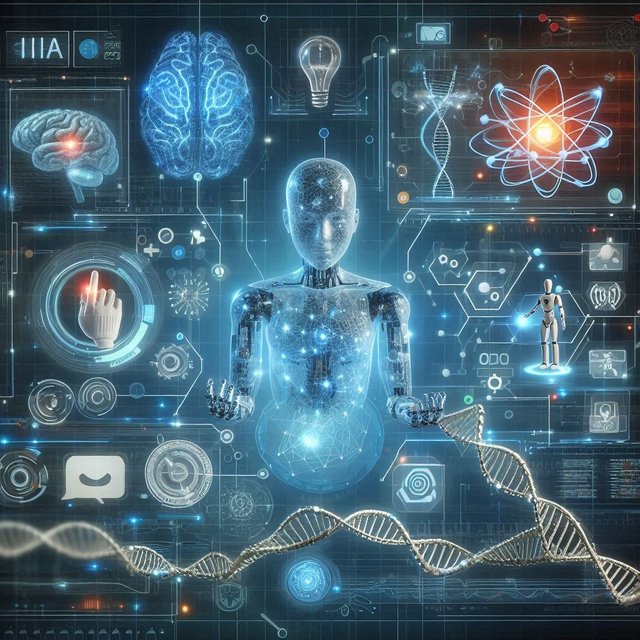6 Essential AI Concepts Explained
AI, which is an abbreviation for Artificial Intelligence, has developed incredibly rapidly over the years and has now almost become a part of our daily lives. The main ideas of AI should be applied to make the use of the dynamic and complex landscape easier. Here are some critical AI concepts to grasp:
1. Machine Learning
Supervised Learning: Algorithms make decisions or classifications by studying the data labeled by humans.
Unsupervised Learning: The algorithms find out the characteristics and relationships that are hidden in the unlabeled data.
Reinforcement Learning: Agents learn through trial and error, getting rewards or penalties for their actions.
2. Deep Learning
Neural Networks: The whole notion of a neural network is to let the human brain guide it and through having a large number of nodes that are interlinked, to be able to perform the required operations.
Deep Neural Networks: They use many hidden layers to be able to recognize highly complicated patterns and features.
Convolutional Neural Networks (CNNs): The names refer to dedicated types of networks aimed at image and video recognition.
Recurrent Neural Networks (RNNs): They are of direct application to natural language processing because they can deal with sequential data, which is the most common type of sequential data.
3. Natural Language Processing (NLP)
Text Analysis: NLP opens the door for computers to share the same knowledge with human language.
Sentiment Analysis: It means predicting the feelings that are said in the text (like positive, negative, or neutral).
Machine Translation: The translation is from one language to another and it is to move a text from one language to another.
4. Computer Vision
Image Recognition: The computer is trained to identify and label the objects that are depicted in the image.
Object Detection: The action plan includes pinpointing the objects in a picture or video, tracking their movement, and at the same time identifying the respective objects.
Image Generation: In this case, the images that were not seen before are generated by detecting the patterns from the dataset of existing images and identifying the learned ones from these existing images.
5. Generative AI
Generative Adversarial Networks (GANs): Basically, the idea is to put one neural network against another so they can produce almost real data.
Text-to-Image Generation: The ability to convert text into pictures.
6. Ethical Considerations
Bias: Dealing with the bias gain for AI algorithms and ensuring AI systems treat all people in a fair and equal manner.
Transparency: Understanding how the AI tool gets people's trust.
Accountability: Knowing the person responsible for the consequences of the AI system's decisions.
Acquiring thorough knowledge of fundamental AI concepts that pilot your mind will allow you to understand the prospects and weaknesses of AI, the influence of AI on the further development of our planet, and on building a better world.
